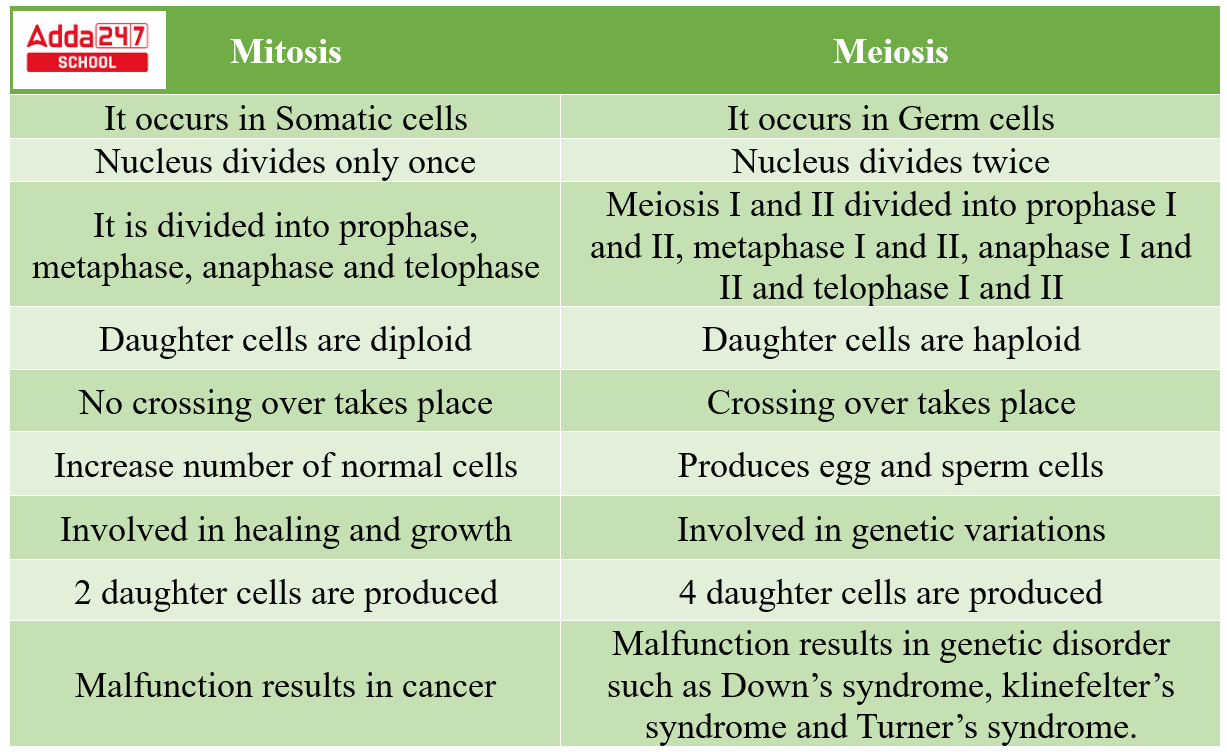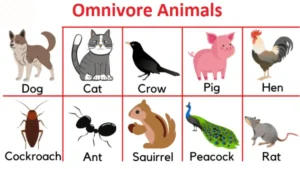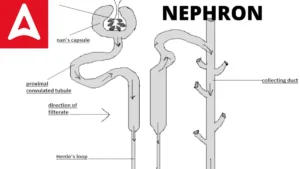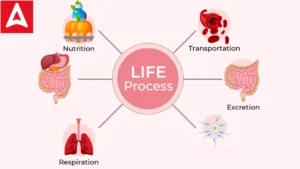The growth and development of every living organism depend on the increase in size and multiplication of its cells. They also repair themselves through the medium of cell division, after attaining maximum size, the cell begins to divide. In unicellular organisms, cell division is also a means of reproduction and population growth. There are two types of cell division that occur in living organisms: Meiosis and Mitosis. Read about the main Difference between Mitosis and Meiosis.
What is Mitosis and Meiosis
Mitosis and meiosis are both processes involved in the division of cells, but they serve different purposes in the life cycle of an organism. Here’s an explanation of each:
Mitosis: Mitosis is a type of cell division that occurs in somatic (body) cells and is responsible for the growth, repair, and maintenance of an organism. It results in the formation of two identical daughter cells, each with the same number of chromosomes as the parent cell. Mitosis consists of several stages, including:
- Interphase: This is the stage before mitosis begins, where the cell prepares for division. It includes three phases: G1 (cell growth), S (DNA synthesis), and G2 (preparation for mitosis).
- Prophase: During this stage, the chromatin (DNA and proteins) condenses into visible chromosomes. The nuclear envelope begins to break down, and spindle fibers start to form.
- Metaphase: Chromosomes align along the cell’s equator, known as the metaphase plate. Spindle fibers attach to the centromeres of each chromosome.
- Anaphase: The sister chromatids (identical copies of each chromosome) are pulled apart towards opposite ends of the cell by the spindle fibers.
- Telophase: Two new nuclei form around the separated chromosomes, and the cell begins to divide into two daughter cells.
- Cytokinesis: This is the final step, where the cell membrane pinches inwards, dividing the cytoplasm and organelles into two separate cells. This results in two genetically identical daughter cells.
Meiosis: Meiosis, on the other hand, is a specialized type of cell division that occurs in reproductive cells (sperm and egg cells) and is crucial for sexual reproduction. It reduces the chromosome number by half, resulting in the formation of four non-identical daughter cells, each with half the number of chromosomes as the parent cell. Meiosis also has several stages, but it includes two rounds of division: meiosis I and meiosis II.
Meiosis I:
- Prophase I: Chromosomes condense, and homologous chromosomes (chromosomes with the same genes but potentially different alleles) pair up in a process called synapsis. This allows for genetic recombination through crossing-over.
- Metaphase I: Homologous pairs align at the metaphase plate.
- Anaphase I: Homologous chromosomes are separated and pulled to opposite ends of the cell, reducing the chromosome number by half.
- Telophase I and Cytokinesis I: Two new cells are formed, each with half the original chromosome number. These cells are haploid (n), meaning they have one set of chromosomes.
Meiosis II: Meiosis II is similar to mitosis but occurs in the two haploid cells produced in meiosis I.
- Prophase II: Chromosomes condense again in the two haploid cells.
- Metaphase II: Chromosomes align along the metaphase plate in both cells.
- Anaphase II: Sister chromatids are separated and pulled to opposite ends of the cells.
- Telophase II and Cytokinesis II: The result is four non-identical haploid daughter cells, each with a unique combination of genes. These cells are ready to participate in sexual reproduction.
Mitosis produces genetically identical daughter cells for growth and tissue repair, while meiosis produces non-identical haploid cells for sexual reproduction, introducing genetic diversity.
Difference between Mitosis and Meiosis
The Mitosis term was given by W. Flemming in 1882. It takes place regularly in the somatic cells. It involves one cell division and results in two daughter cells.
The Meiosis term was given by Farmer and Moore in 1905. It occurs in germ cells in gonads and results in gamete formation. It involves two successive cell divisions and results in four daughter cells.
Difference between Mitosis and Meiosis Class 9
Cell division is a crucial process that supports growth, repair, and reproduction in living beings. There are two main types: mitosis and meiosis. These processes have different purposes and play vital roles in an organism’s life cycle. Now let us differentiate between Mitosis and Meiosis:
Mitosis and Meiosis Difference: What is Mitosis?
- It takes place regularly in the somatic cells.
- Mitosis is a one-step process.
- In mitosis, two daughter cells are formed, and both daughter cells are identical to each other and to the parent cell.
- Mitosis occurs in all organisms except viruses.
- There is no recombination or crossing over in an early stage.
- The number of chromosomes remains constant in all the cells produced.
- Each nucleus divides once after every “S” phase i.e., Equational division.
- The total DNA replication or duplication takes place in the “S” phase.
- It is responsible for the growth and development of multicellular organisms from a single zygote.
- It helps the cell in maintaining proper size.
- Mitosis helps in restoring wear and tear in body tissues, replacement of damaged or lost parts, healing of wounds, and regeneration of detached parts (as the tail of a lizard).
- If mitosis remains unchecked, it may result in uncontrolled growth of cells leading to cancer or tumor.
Prophase:
- The synopsis does not take place. No crossing over happens. No chiasma is visible, no DNA is synthesized.
- Chromosomes are visible 2n in number.
- Relational coiling is clear between sister chromatids.
- In early prophase, chromosomes are very long, subsequently due to progressive condensation becomes short.
- Prophase is quite long in duration.
Metaphase:
- The chromosome number is 2n, each chromosome is unpaired.
- The two sister chromatids do not show repulsion.
- Centromeres of all the chromosomes are held on the equatorial plate.
Anaphase:
- Two sister chromosomes move to the different poles just after the longitudinal division of the centromere.
- Single nuclear division occurs within the cell
Telophase:
- Chromosomes completely uncoil.
Cytokinesis:
- Cytokinesis occurs almost in all species. It involves the formation of primary cells.
- In each species telophase and intraphase are evicted.
- Each cell forms two diploid daughter cells called dyads.
- Daughter cells are generally differentiated as somatic or body cells.
Mitosis and Meiosis Difference: What is Meiosis?
- It takes place in the germ cell in the gonads and regulates gamete formation.
- Meiosis is a two-step process.
- In meiosis, four daughter cells are formed, the daughter cell formed are not identical to each other and to the parent cell.
- Meiosis occures only in animals, plants, and fungi.
- There is recombination and crossing over of chromosomes in an early stage.
- The number of chromosomes becomes half in the cells produced.
- Each nucleus after the “S” phase undergoes two divisions i.e., the Equational division and the Reduction division.
- The total DNA replication does not takes place during the “S” phase.
Prophase I:
- Synapsis takes place, and clear crossing-over occurs. Chiasma is clearly visible.
- Cells are n in number
- Relational coiling is absent.
- Chromosomes are small from the very beginning and highly condensed.
- Prophase is comparatively of shorter duration.
MetaphaseI:
- Bivalent chromosomes are clearly visible as homologous chromosomes are paired.
- Chromatids lie on the other side of the equatorial plate.
- Each bivalent has four chromatids.
Metaphase II:
- Repulsion between sister chromatids is evicted from prophase itself.
Anaphase I:
- The homologous chromosome from each bivalent moves to the different poles thus chromosome number is reduced.
Anaphase II:
- The chromosome number is maintained at n.
- Double nuclear division occurs within the cell.
Telophase I:
- chromosomes do not uncoil completely.
- In some species telophase I is not found.
Telophase II:
- Each cell forms four haploid daughter cells said Tetrad.
- Daughter cells generally differentiate into gametes or spores or sex cells.
Differentiate Between Mitosis and Meiosis in Points
simple comparison between mitosis and meiosis:
Mitosis:
- Occurs in somatic (body) cells.
- Results in two identical daughter cells.
- One round of cell division.
- Used for growth, tissue repair, and asexual reproduction.
- Diploid (has the same number of chromosomes as the parent cell).
Meiosis:
- Occurs in germ cells (reproductive cells).
- Results in four non-identical daughter cells.
- Two rounds of cell division.
- Used for the formation of gametes (sperm and egg cells).
- Haploid (has half the number of chromosomes as the parent cell).
Difference Between Mitosis and Meiosis Table
This is a table summarizing the key differences between mitosis and meiosis:
| Feature | Mitosis | Meiosis |
|---|---|---|
| Purpose | Growth, repair, and asexual reproduction | Sexual reproduction and genetic diversity |
| Number of divisions | One | Two |
| Number of daughter cells | Two | Four |
| Chromosome number in daughter cells | Same as parent cell (diploid) | Half of parent cell (haploid) |
| Genetic variation | Daughter cells are genetically identical | Daughter cells are genetically diverse |
| Occurrence | Somatic (body) cells | Germ cells (sperm and eggs) |
| Pairing of homologous chromosomes | Does not occur | Occurs during prophase I |
| Crossing over | Does not occur | Occurs |









 Omnivores Animals- Definition, Name List...
Omnivores Animals- Definition, Name List...
 Nephron: Definition, Diagram, Structure,...
Nephron: Definition, Diagram, Structure,...
 Life Processes: Check Nutrition, Transpo...
Life Processes: Check Nutrition, Transpo...









